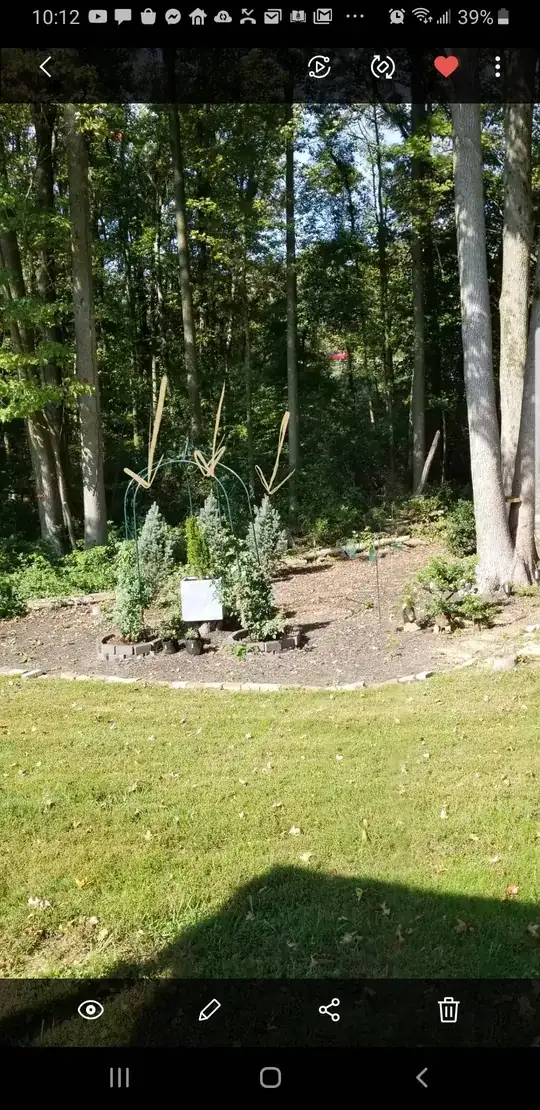I think your diagnosis is correct. Here's what the University of Wisconsin-Extension says about treating/preventing needle cast:
How do I save a tree or shrub with Rhizosphaera needle cast?
Consider treating affected trees with fungicides containing the active ingredient copper (e.g., Bordeaux mixture) or chlorothalonil. Treatments will not cure existing infections, but can prevent additional infections. Apply treatments every three to four weeks starting as new needles emerge in the spring. Continue applications through periods of wet weather. For fungicide treatments to be effective, thoroughly cover all needles. This may be extremely difficult with large trees. Be sure to read and follow all label instructions of the fungicide(s) that you select to ensure that you use the fungicide(s) in the safest and most effective manner possible.
How do I avoid problems with Rhizosphaera needle cast in the future? The easiest way to avoid Rhizosphaera needle cast is to avoid planting Colorado blue spruce. If you do plant blue spruce, consider using dwarf varieties and allow adequate spacing between trees so that branches will not overlap when trees are full size. Dwarf varieties and properly spaced larger spruce varieties will have better air penetration and needles will dry more quickly. Dry needles are less likely to be infected. Also check existing spruce trees for the disease. Remove and destroy any diseased branches and needles by burning (where allowed), burying or hot composting.
Wisconsin's Department of Natural Resources' Forestry Division has this to say:
Increased air circulation is important to reducing disease incidence in future years. Pruning lower branches (best done between October and March), mowing grass under the tree, and thinning overcrowded trees will all help reduce disease issues.
If timed properly, preventative fungicide applications this spring can protect newly-emerging needles from showing disease symptoms in 2021. However, these treatments will not protect already-infected needles. A certified arborist may be able to provide assistance.
It may be worthwhile to replace or remove chronically-affected trees, since they will probably have these problems for much of their remaining life.
It looks like these are your options:
- Treat with a fungicide at least once every year. This may be doable for the short term because your trees aren't very large yet.
- Treat with a fungicide and religiously remove all dropped needles (a source for infecting other spruce on your - and on your neighbors - property. Also, remove and burn all dead branches as you spot them,
- Remove and burn the trees, replacing them with something not as susceptible to needle cast.
Note that all conifers can be infected by the fungus, especially non-natives. IIRC, junipers are less susceptible than spruce and pine.
